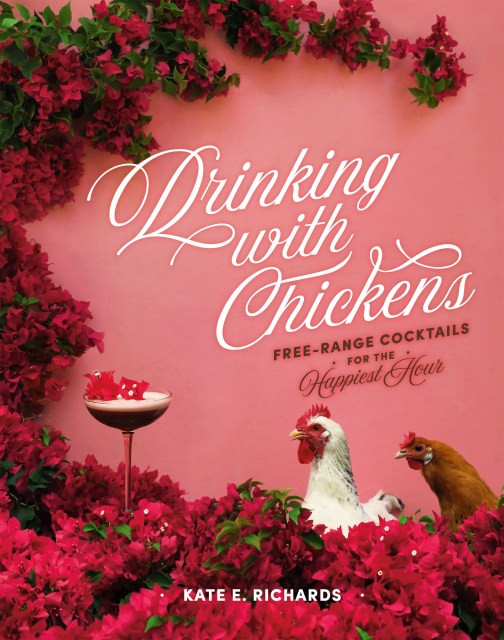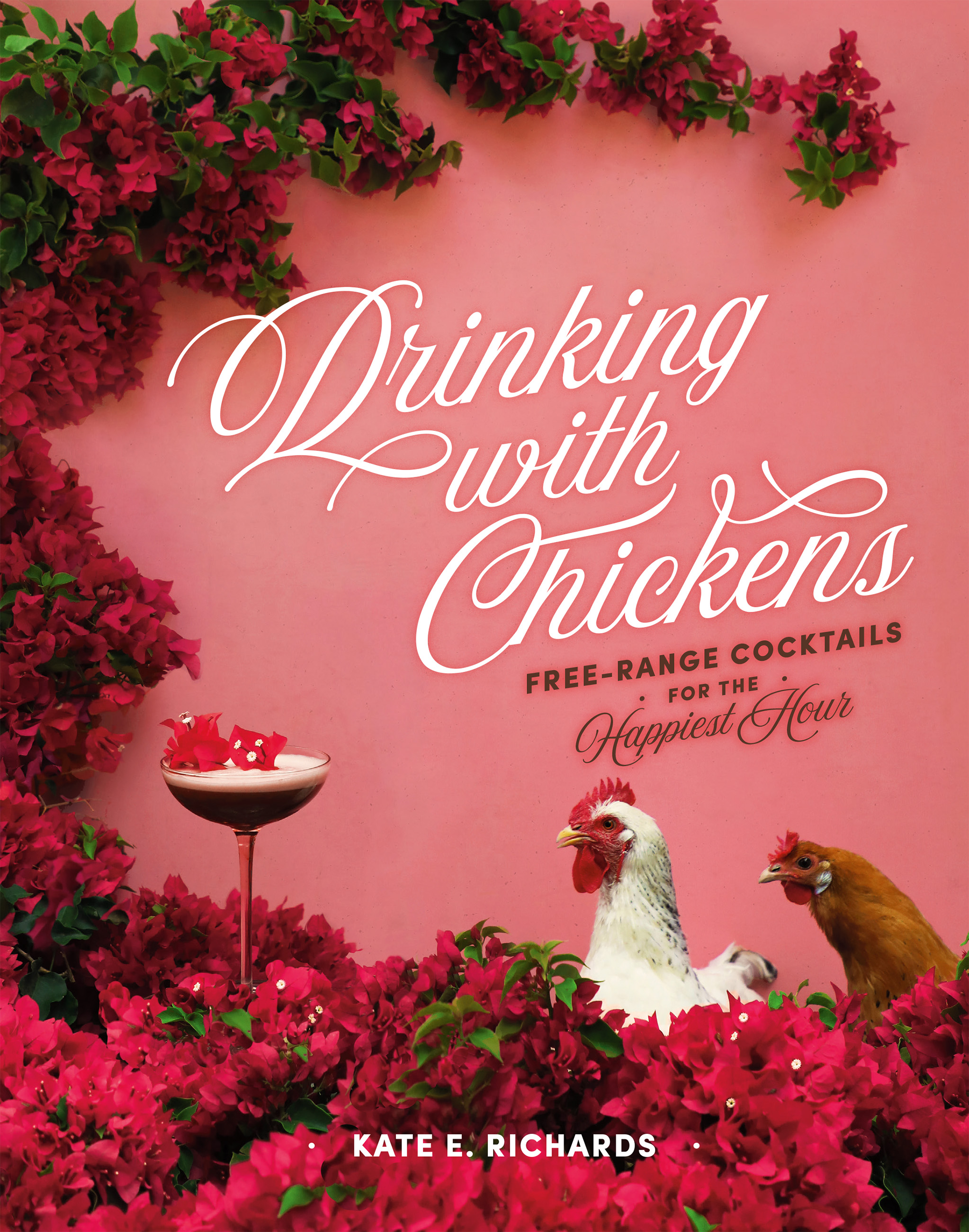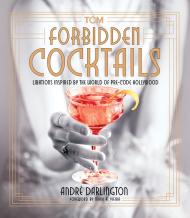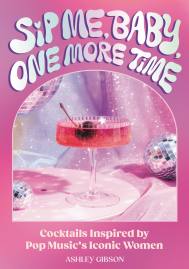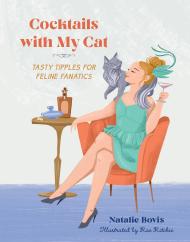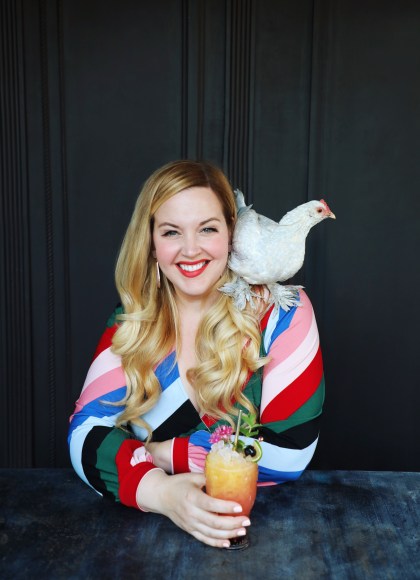Promotion
Use code MOM24 for 20% off site wide + free shipping over $45
Drinking with Chickens
Free-Range Cocktails for the Happiest Hour
Contributors
Formats and Prices
Price
$12.99Price
$16.99 CADFormat
Format:
- ebook $12.99 $16.99 CAD
- Hardcover $22.00 $28.00 CAD
This item is a preorder. Your payment method will be charged immediately, and the product is expected to ship on or around April 7, 2020. This date is subject to change due to shipping delays beyond our control.
Also available from:
To add some extra happy to your happy hour , invite a chicken and pour yourself a drink. Author Kate Richards serves up cocktails made for Instagram with the spoils of her Southern California garden, chicken friends by her side. Enjoy any (or all) of the 60+ deliciously drinkable garden-to-glass beverages, such as:
- Lilac Apricot Rum Sour
- Meyer Lemon + Rosemary Old Fashioned
- Rhubarb Rose Cobbler
- Blackberry Sage Spritz
- Cantaloupe Mint Rum Punch
Genre:
- On Sale
- Apr 7, 2020
- Page Count
- 192 pages
- Publisher
- Running Press
- ISBN-13
- 9780762494422
Newsletter Signup
By clicking ‘Sign Up,’ I acknowledge that I have read and agree to Hachette Book Group’s Privacy Policy and Terms of Use
